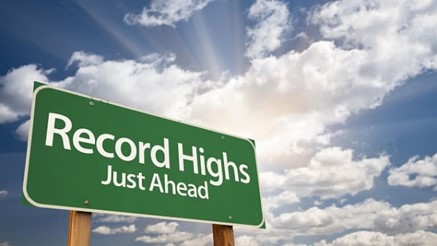Feb 1,2021 Ryan Felsman is a Senior Economist at CommSec

The Aussie housing market is buoyant as the lifestyle stampede from the big cities to regional areas continues during the pandemic. Home prices advanced at the beginning of 2021, supported by record-low mortgage rates, the HomeBuilder grant scheme, the improving labour market, low advertised housing inventory and a pick up in home sales. In fact, CoreLogic estimates that “the number of national home sales over the past three months was 23.9 per cent higher than the equivalent three month period from a year ago.” The lift in sales volumes is consistent with an almost 50 per cent surge in owner-occupier housing loan approvals over the six months to November 2020.
But it’s regional Australian housing markets – benefiting from remote working arrangements, internal migration, closed borders and better affordability – that are going gangbusters during the pandemic. Regional home prices climbed by 1.58 per cent in January after December’s 1.63 per cent gain – the biggest lift in 17 years. Regional home prices surged 7.9 per cent in the year to January – the strongest annual growth rate in 16 years. CoreLogic data also shows that in 46 of the 88 SA4 regions, home prices were at record highs to begin 2021.
Australia’s manufacturing sector is expanding at the fastest pace in over four years with new order inflows hitting 4-year highs. In fact AiGroup reported that Aussie factories are benefitting from “disruptions to global supply chains,” which “have led more customers to purchase from Australian manufacturers.” And “demand from customers in the agriculture, mining, medical and home building sectors” has been particularly strong as Australia’s post-pandemic recovery gains momentum.
What do the figures show?
Regional home prices were up 7.9 per cent on the year with houses lifting 8.2 per cent and apartments up 6.2 per cent.
Home prices were higher than a year ago in seven of the eight capital cities in January: Sydney (+2.0 per cent); Melbourne (-2.1 per cent); Brisbane (+4.0 per cent); Adelaide (+6.5 per cent); Perth (+3.4 per cent); Hobart (+6.8 per cent); Darwin (+11.4 per cent); Canberra (+8.5 per cent). In contrast, the S&P/ASX All Ordinaries Accumulation Index fell by 0.7 per cent over the year to January.
What are the implications for investors?
Australia’s property market is strong, driven by a pandemic-led recovery in house prices across regional Australia and smaller capital cities. But it’s not all good news with annual apartment prices turning negative in January amid oversupply and reduced demand for inner city living in the pandemic.
Commonwealth Bank (CBA) Group economists expect national home prices to lift by around 8.0 per cent in 2021. However disparities within the housing market are expected to linger with stronger demand for detached housing relative to units and townhouses.